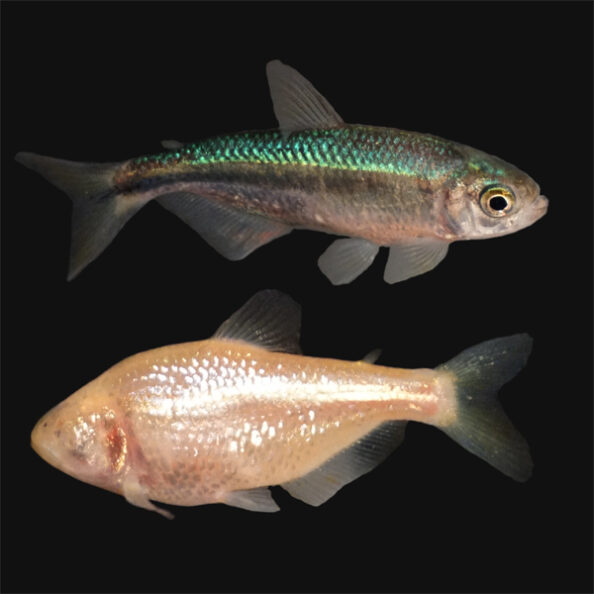Cavefish Adaptations Reveal Insights into Health and Conservation
Recent studies conducted on Mexican cavefish have shed light on their remarkable adaptations, particularly in relation to inflammation and survival strategies. These findings not only enhance our understanding of cavefish biology but also raise important questions about their conservation in the wild.
Cavefish and Inflammation Suppression
Researchers, including Krishnan, Rohner, and their teams, have discovered that cavefish possess unique adaptations that allow them to effectively manage their health while consuming an abundance of food. Specifically, studies from 2020 and 2022 indicate that cavefish cells produce lower levels of cytokines, molecules that contribute to inflammation. Furthermore, these fish also exhibit reduced levels of reactive oxygen species—harmful byproducts associated with various metabolic disorders, including obesity and diabetes.
Riddle, a key researcher in this field, suggests that carotenoids present in cavefish may play a crucial role in suppressing inflammation, especially since these fish often face periods of feast and famine in their natural habitats. As cavefish are adapted to the unpredictable availability of food, understanding their mechanisms for maintaining health in such conditions is vital. Krishnan’s ongoing investigations aim to clarify how these fish sustain their health despite potential overfeeding or long durations without food.
Why Do Some Fish Adapt, While Others Do Not?
A prominent question in the study of cavefish is why only the Mexican tetra has evolved into cave-dwelling forms, while many other fish species from the same region have not. Riddle posits that the genetic makeup of the tetra plays a crucial role in their adaptability. While over 200 cave-adapted fish species exist globally, those with both cave and surface populations are rare, highlighting the unique evolutionary path of the Mexican tetra.
Conservation Efforts for Cavefish
As cavefish have become integral subjects for laboratory research due to their distinctive traits, their preservation in natural habitats has emerged as a top priority. Rohner emphasizes the difference in population sizes between surface fish and cavefish, noting that the latter are particularly vulnerable to threats such as pollution and water extraction during droughts. While there are hundreds of millions of surface fish, cavefish populations are much smaller and require focused conservation efforts.
One of Riddle’s students, David Perez Guerra, is actively involved in initiatives aimed at cavefish conservation. Emphasizing a zero-waste approach, Riddle notes that the tissues collected from these fish during lab field trips have been shared among multiple research labs, ensuring that every part of the fish is utilized for scientific advancement.
Conclusion: The Importance of Research and Conservation
The findings surrounding cavefish not only inform us about their biological adaptations but also underline significant conservation issues. As researchers continue to unravel the complexities of these remarkable fish, the lessons learned could prove invaluable, not only for conserving cavefish populations but also for understanding broader ecological and health-related challenges. Safeguarding these unique creatures is vital both for preserving biodiversity and for the potential applications of their adaptations in medicine and health sciences. The ongoing research into cavefish serves as a reminder of the intricate connections between environment, evolution, and the challenges that species face in a changing world.









